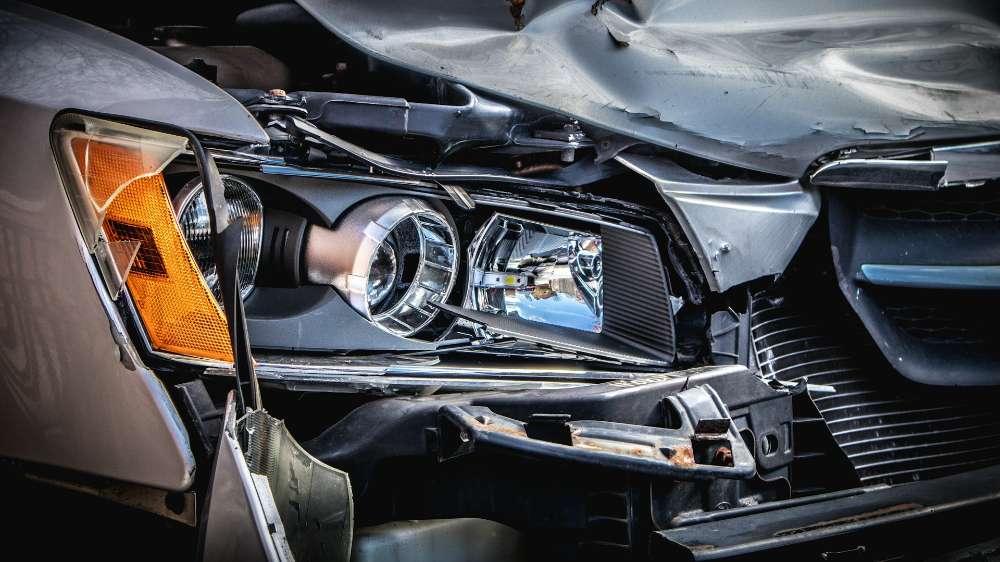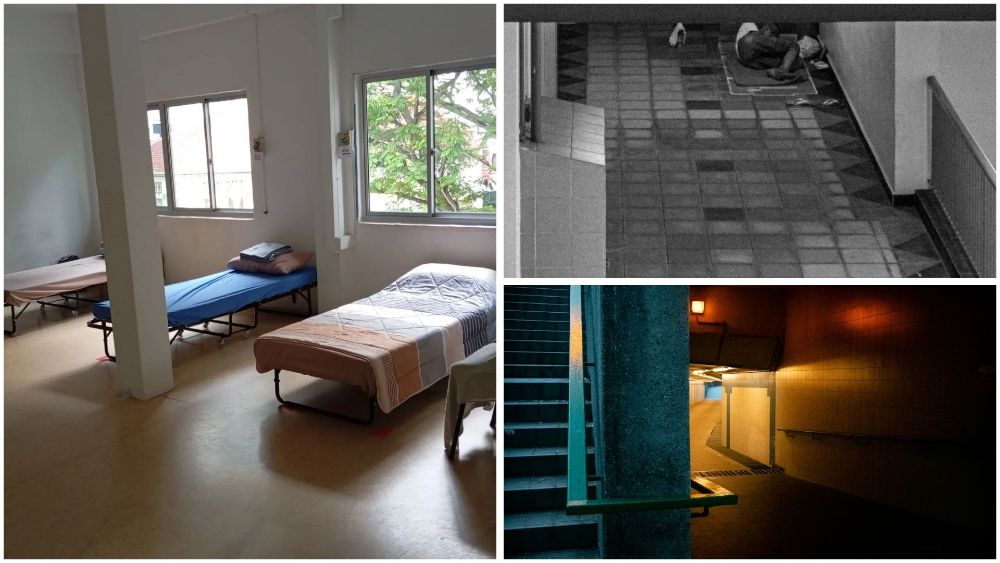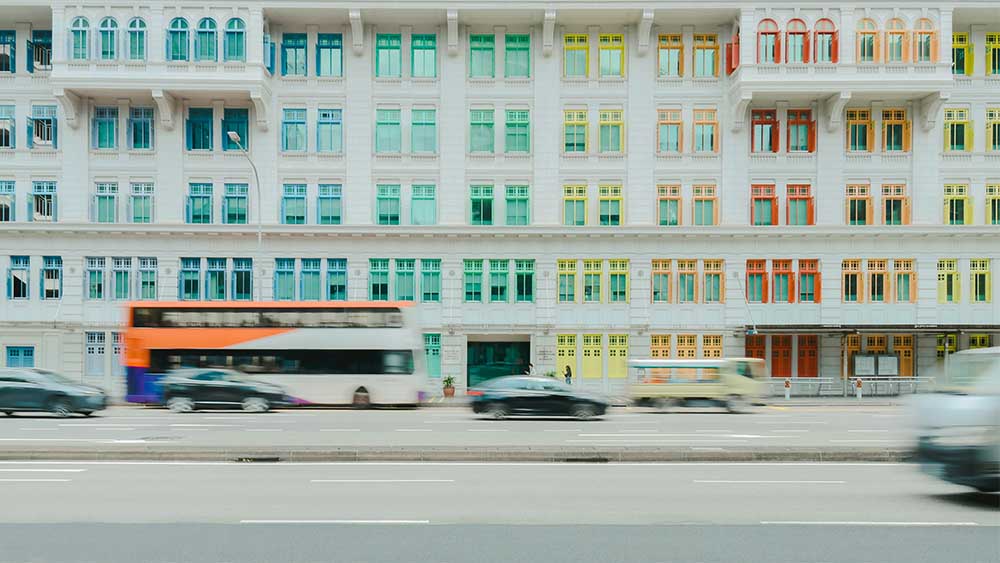What My Car Rental Accident Taught Me About Driving In Singapore
I always thought I was a pretty decent driver.
Not a “reverse into tiny HDB lot in one motion” level expert, but good enough — the kind who signals early, gives way, lets buses merge, and even occasionally waves “thank you” (only sometimes lah, I’m still Singaporean).
Like many millennial “sometimes drivers”, I don’t own a car. I rely on car-sharing apps for convenience: weekend errands, date nights, moving boxes, that one cousin’s wedding where the venue was so ulu it needed five bus transfers and two prayers. Even though driving was more of a treat than a lifestyle, I felt pretty confident behind the wheel.
Until the day reality literally smacked me on the expressway.
The 3 seconds that changed everything
It happened so fast. Middle lane, changing lanes, one car slightly ahead in my blind spot… BAM!
A loud thud, my driver-side mirror snapped inward, my heart dropped into my socks. My partner beside me gasped. My brain froze.
Nobody prepares you for the mental lag of your first accident. The moment where instinct doesn’t kick in because you don’t have any instincts yet.
I didn’t even stop immediately. Why? Because in panic-brain mode I thought, “Cannot block traffic, later people horn and scold me.” So I kept driving forward a little before pulling over.
If you’re already shaking your head, trust me, I’m shaking it too.
Even after both drivers managed to stop, exchange details, and confirm no one was hurt, my legs were jelly. All I could think was: “What if my partner had been sitting on my side? What if she got hurt because of me?”

IMAGE: UNSPLASH
The phone call and the sinking feeling
Calling the car-rental hotline was surreal. The operator was calm, professional, and asked, “Can you still drive the vehicle? If so, please return it to your original drop-off point.”
Which was 20 minutes away.
So there I was, driving with a dislodged mirror, adrenaline bursting through my veins, trying to pretend everything was normal. My partner kept reassuring me that it'd be okay. I tried to breathe.
That 20-minute drive felt like 2 hours.
I got home. I crashed, emotionally. And then came the email.
The insurance invoice that almost made my soul leave my body
A few days later, I received the official breakdown.
Total payable: $2,960
It listed things like:
- Own damage excess
- Third-party excess
- Loss of use (because the vehicle needed repairs)
- Administrative fees
And this line burned into my brain: “User liability: Fully at fault.”
It was a masterclass in adulting pain. And yes for anyone about to ask, I did not add the optional accident waiver. If I had, the cost would’ve been much lower. But in the moment of booking, I thought:
“Aiya, what are the odds of me crashing on the way to get supper?”
Well. The universe answered that for me. Luckily, there were instalment plans for payment. But it was still a heavy lesson.
What this accident taught me about Singapore driving culture
Before this accident, I used to think driving was like riding a bicycle. Once you learnt it, you’d always “have it”. But the truth is, many of us are sometimes drivers. We book cars the same way we book Grab rides. Don’t own a vehicle? No problem, just unlock one on an app, go for date night, return by 11pm. Convenience has made casual drivers of us all.
Except the thing about “casual” driving is that you can’t be casual about it.
When you only get behind the wheel occasionally, your muscle memory fades without you realising. You forget how firm your foot should be on the brakes. You hesitate on lane merges. Your spatial awareness isn’t as sharp as you remember. It’s like going back to the gym after months off your brain swears you’re still fit, your body goes “bro… we’re lying.”
And then there’s our roads. Singapore’s driving culture can be intense. We don’t honk a lot, but we make up for it in microaggressions. Tailgating is practically a national sport. Lane-hopping feels like a tactical battle. And yes, there’s that very Singaporean belief that if you signal, the driver behind will just speed up out of spite so some people simply don’t. Everyone’s trying to get ahead, and sometimes, nobody wants to give way first. It’s kiasu-ness in motion.

IMAGE: UNSPLASH
Even when I pulled over after the accident, cars zipped past without slowing, and a small part of me genuinely wondered if anyone would stop if it had been worse. Not because Singaporeans don’t care but because on the road, we see cars, not humans. We forget there might be someone’s child, someone’s parent, someone’s partner inside, terrified and unsure what to do.
Driving school doesn't teach you what shock does to the body, the way your brain goes quiet and your hands forget what to do. It didn't teach me how to pull over safely without making the situation worse, how to exchange details calmly, how to assess damage, how to talk to the other driver without feeling like you’re either apologising too much or defending yourself too little. It definitely didn’t teach me about loss-of-use charges or insurance excess.
So there I was, learning all of it in real time, with traffic rushing past and adrenaline zipping through my body. If you’d asked me then what insurance package I picked? I would've forgotten I even had a package. And somewhere between panic and paperwork, I realised this:
Driving isn’t just a technical skill
I used to think being a “careful driver” was enough. But ego can sneak up in quieter ways, not arrogance, just the assumption that accidents happen to other people. That you’ll always react correctly. That you’re competent enough.
This experience humbled me. It reminded me that being slow is not weakness. Giving way is not losing. Taking your time is not incompetence. Even now, when I drive, I don’t feel embarrassed letting people pass. I don’t care if someone sighs behind me. I signal early. I double-check mirrors. I breathe.
Driving safely is not about confidence. It’s about respect for the road, for others, and for the fact that we are all one mistake away from a lesson.
What I wish I knew (so you don’t learn the hard way)
If you ever (touch wood) find yourself in a similar situation, here’s what I hope sticks with you:
Pull over safely and don’t panic-drive. Breathe before speaking. Check on your passengers, then yourself. Exchange contact and vehicle details calmly. Take photos and lots of them. Call your rental hotline early. And most importantly: always take the insurance waiver.
It’s like wearing a seatbelt; you don’t appreciate it until you really, really need it.
 IMAGE: PEXELS
IMAGE: PEXELS
Moving forward literally and emotionally
Am I still driving? Yes. But I drive differently now. I don’t treat the road like a race or a test anymore, just a means to get somewhere, hopefully safely.
I also drive with a deeper sense of responsibility, not just for myself, but for the person sitting beside me. I can’t describe the feeling of realising how much worse things could have been, and how lucky I was. That kind of clarity stays with you long after the workshop bill is paid.
If you’ve ever been in an accident, I see you. It’s scary, it’s humbling, and it shakes you in ways you don’t expect. We take the lesson, we pay the fee (painfully), we drive again wiser, slower, and hopefully kinder.
And to anyone reading this before your next drive:
May your engine start smoothly, your signals be early, your heart stay steady, and may every journey remind you that arriving safe is the real win, not arriving first.
For the latest updates on Wonderwall.sg, be sure to follow us on TikTok, Telegram, Instagram, and Facebook. If you have a story idea for us, email us at [email protected].











